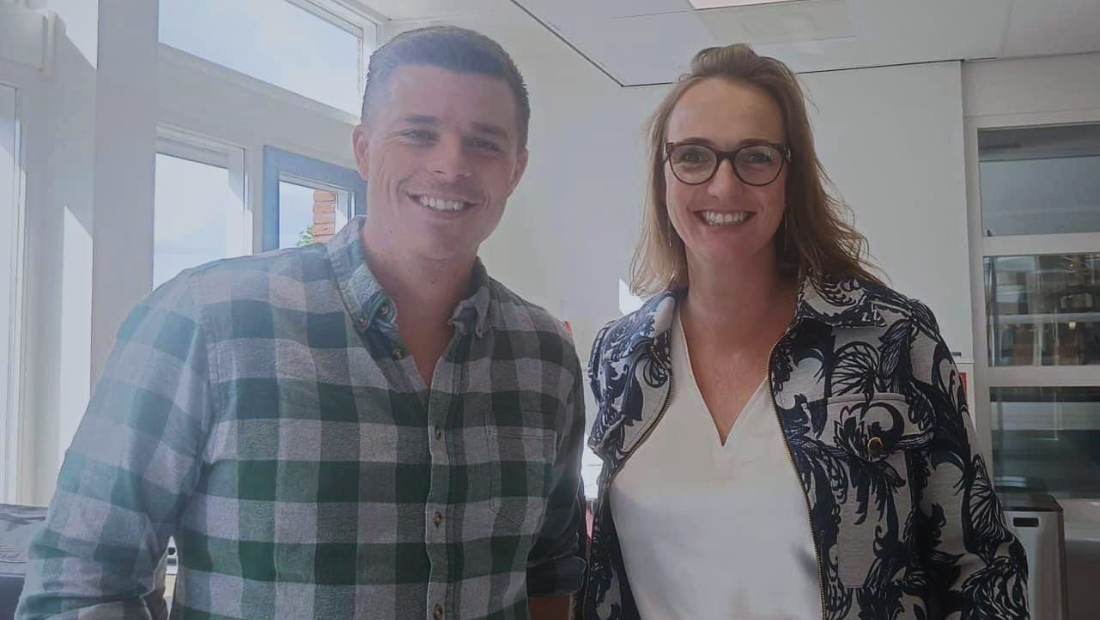Start Small, Think Big: Why Your AI Journey Doesn't Need a Data Lake to Make Waves
10/30/2024 11:21
In the latest episode of the podcast CX Unwrapped, hosted by Sabio Group’s Business Consultant Maaike Verwer, fellow Sabio AI and Automation Specialist Phil Jordan explores the real-world challenges and opportunities of implementing AI in customer service.

Drawing from his extensive experience as the former head of AI and digital self-service at HomeServe UK, Phil shared some invaluable insights that challenge common misconceptions about AI adoption.
One of the most refreshing takeaways? You don't need to boil the ocean to start your AI journey. While many suppliers insist on heavy investments in data infrastructure before beginning, Phil advocates for a more practical approach. “You can start with no data integration whatsoever,” he explained, suggesting organisations begin by handling and capturing context within a conversational AI environment and routing to agents appropriately.
First-hand experience at HomeServe
During his tenure at HomeServe prior to joining Sabio, Phil and his lean team managed to automate 20% of contact centre workload. Their success wasn't built on grand technological implementations but rather on methodical, iterative improvements. “The technology itself is the tip of the iceberg,” Phil emphasises. “The success came from the people involved in the programme.”
Quality assurance played a crucial role in their approach. The team applied the same rigorous standards to their AI systems as they did to human agents, with quality monitoring colleagues actively assessing bot interactions and measuring customer satisfaction throughout the journey. This commitment to maintaining service standards while improving efficiency exemplifies how AI can enhance rather than compromise customer experience.
Perhaps most importantly, Phil stresses the need to treat AI implementations as integral parts of your operation, not just technological add-ons. “It becomes as important to your contact centre operation as the agents sitting in the seats,” he notes. This means ensuring the same level of quality, resilience, and maintenance as you would provide for human operations.
What’s next for AI?
Looking ahead, Phil's insights into the future of AI in customer service are both exciting and grounding. While he predicts significant advances in autonomous agents and conversational AI capabilities within the next three to six months, he's quick to dismiss fears about wholesale job losses. Instead, he sees AI as primarily targeting what he calls "toil" – the repetitive, mundane tasks that don't require human creativity or empathy.
“What we've seen is less of a job reduction and more of a job change,” Phil observes. He envisions a future where AI handles routine transactions, freeing human agents to focus on what they do best: providing empathetic, creative solutions to complex customer needs.
For organisations still hesitating to begin their AI journey, Phil's advice is refreshingly straightforward: just start somewhere. “Pick up an application, implement it, work out what does work and what doesn't work,” he suggests. This practical, hands-on approach, combined with a focus on continuous improvement, offers a more accessible path to AI adoption than many might imagine.
The CX Unwrapped podcast conversation – which you can listen to in full here - serves as a powerful reminder that successful AI implementation isn't about having the most sophisticated technology or the biggest data warehouse – it's about understanding your specific needs, starting small, and building on your successes.
As contact centres continue to evolve, this measured approach to AI adoption could well be the key to balancing operational efficiency with exceptional customer service.

